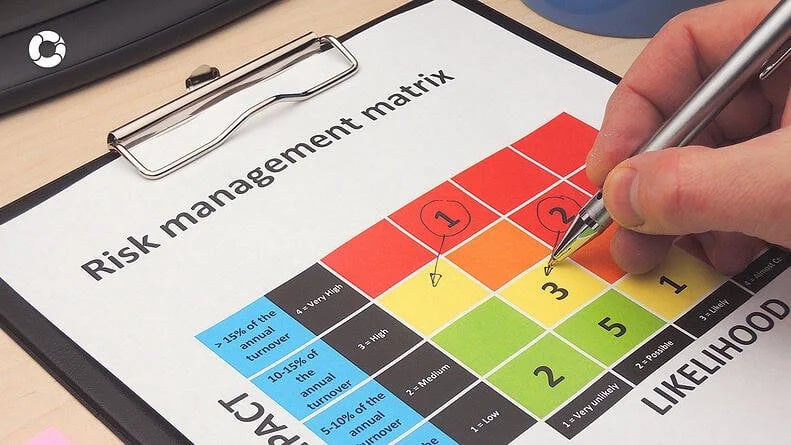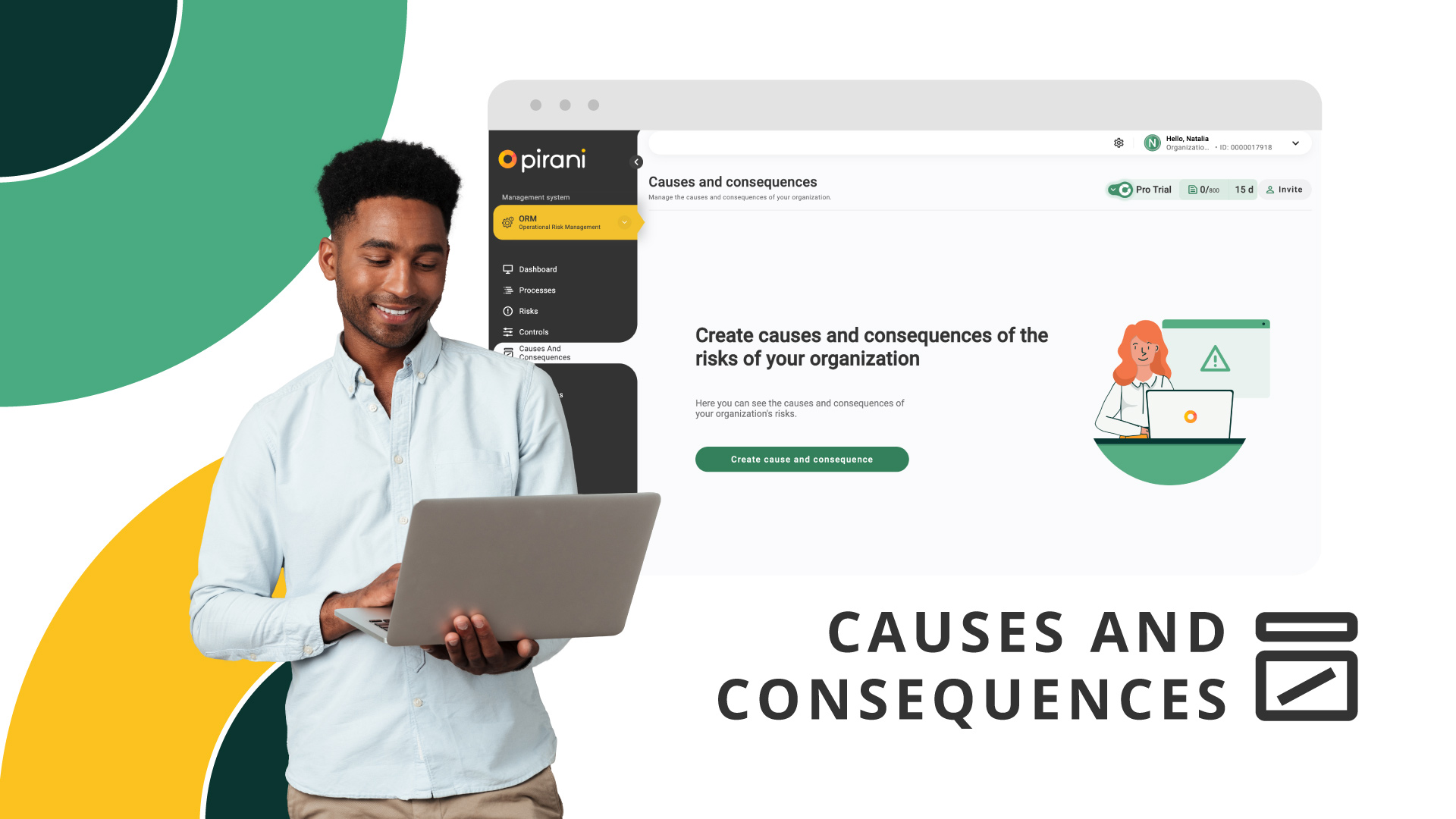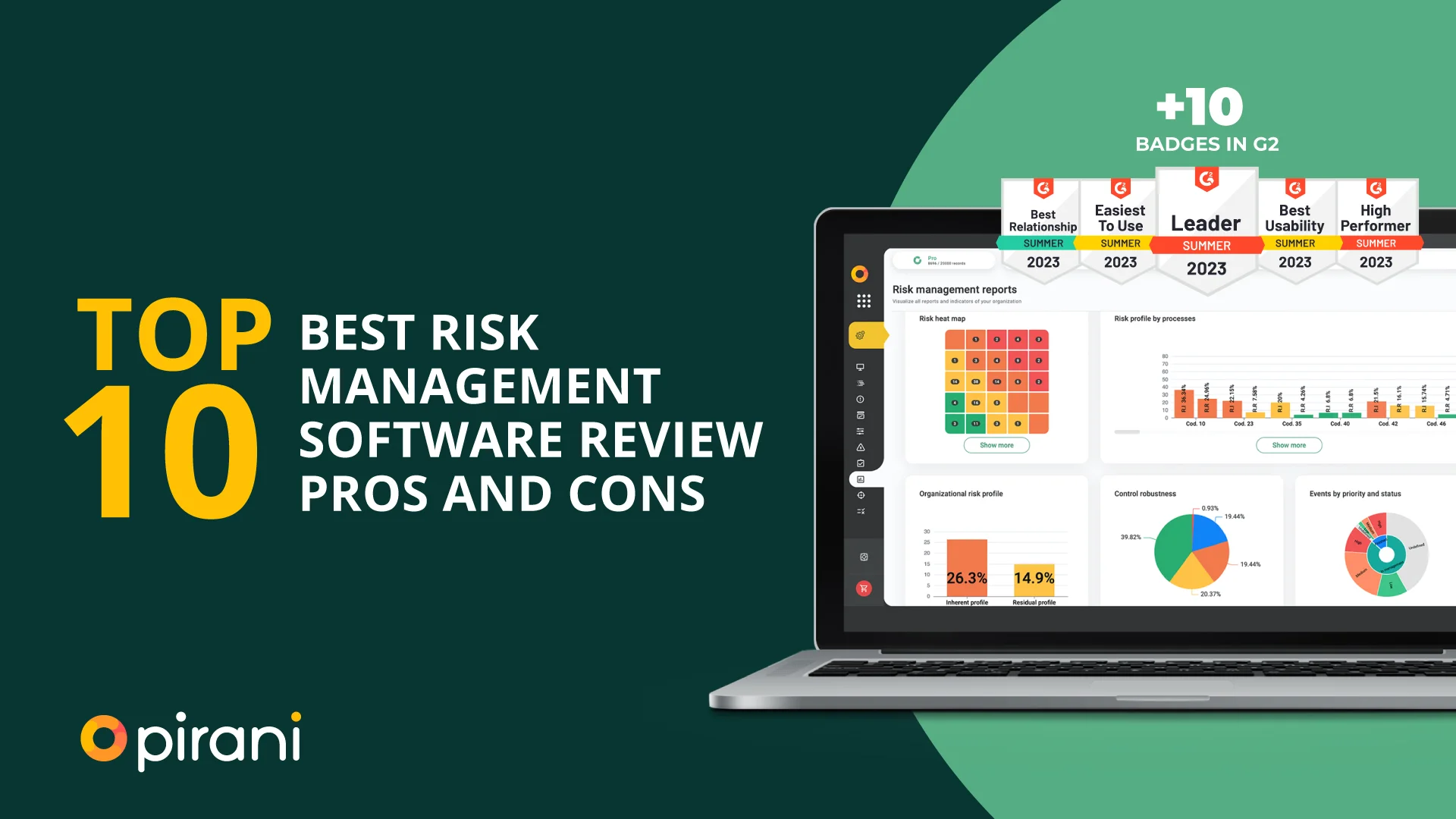What is a risk map and the 3 different types?

What is a risk map?
A risk map is an instrument that allows the identification of risk factors that may occur within an organization. It also offers the possibility of quantifying these factors, that is, classifying the damage they could cause, the scale on which they will be divided (high, medium or low), and the probability of their occurrence.
What is a risk map for?
This type of tool provides risk prevention managers with three important resources that will be of great help to them when putting it into practice in their companies.
According to a document written by students Manuel Rodríguez, Carlos Piñeiro and Pablo de Llano from the Faculty of Economics and Business at the University of La Coruña and published in the Revista Atlántica of economic, risk maps provide integrated information on the company's global exposure, synthesize the total economic value of the risks assumed at any given moment, and facilitate the exploration of these sources of risk.
With Pirani risk management software you will be able to have your risk map with all the information you need in a much more didactic and organized way. On the other hand, the follow-up will be much easier to do, which will facilitate the execution of the strategy to be the most appropriate, as well as to identify if it is possible to implement the prevention plan.
Anticipating events that may occur within the organization contributes to the achievement of strategic objectives and competitive advantage.
The heat map is the section where you can see the performance of your management system and make strategic decisions based on the evolution of your risks.
"The map contributes to the company's overall survival objective by providing the precise information to measure and control this exposure, and to implement a proactive risk management model. The purpose of the map is to identify and measure the risks to which the organization is exposed, to provide an analytical view of the underlying causal relationships (What are the processes or activities that cause this exposure?), and to provide a broad view of the organization's overall exposure," say the students from the University of A Coruña.
It is important to keep in mind that within the risk management map there must be: mitigation actions, key risk indicators and the controls that were defined for each risk.
What are the types of risk maps?
It should be understood that there are three possible tools that could be used as a risk map.
1. Map of risk factors
Here will be recorded all those risks that could occur within the organization causing damage or destabilization to the objectives set out in the company and a brief description of each of them will be made, in order to identify them in a more direct way and create a primary prevention for each of them. It is also known as a map of working conditions.
2. Map of those exposed to risk
Its purpose is to avoid the consequences that could occur in the population that is exposed to suffer some type of risk, it is also known as a map of the health conditions of the study population and gives the possibility of recognizing which ones could occur internally or externally.
3. Damage map
It stores all the information on the alterations that occur or could occur, together with the other two maps previously explained, it allows collecting the necessary information to continue with the study and to know which risks are more of a priority than others, without neglecting the importance that should be given to each of them.
Remember that all these maps are elementary to perform an excellent risk management in your organization. Do you know other types of risk maps? Let us know in the comments.
You May Also Like
These Related Stories

Importance of key indicators in risk management

Manage causes and consequences of your risks

Key elements of the risk management system

Know 8 processes to identify risks

5 tools to identify risks in a company


No Comments Yet
Let us know what you think